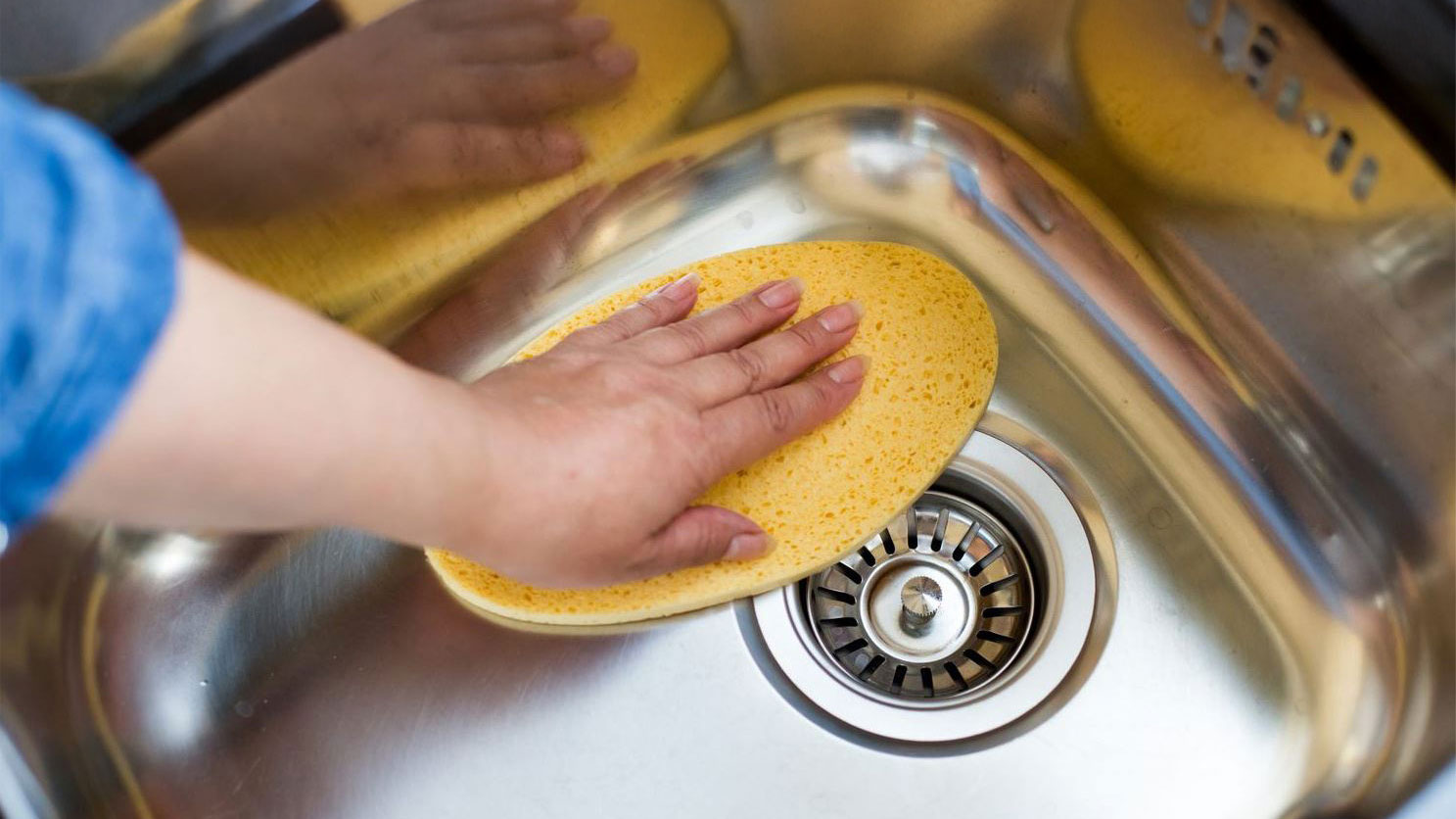If rust stains appear on your stainless steel sink or stainless steel worktop, they are caused by iron particles settling on the surface. These particles trigger oxidation, leading to rust formation. Once the iron particles are removed, the oxidation process stops.
Important: Never use steel wool or the abrasive side of scouring pads to remove rust stains, as they can scratch and damage the stainless steel surface.
To maintain the beauty and durability of your stainless steel surfaces, avoid the following:
Cleaning agents containing hypochlorite
Silver or copper polish
Leaving citrus fruits, salt, vinegar, mustard, pickles, onions, or mayonnaise on the surface for extended periods — these can cause pitting and rust
Strong acids (e.g., dental cleaners)
Using steel wool for cleaning
Soldering flux (S3 9) from plumbers and DIY projects
Hydrochloric acid for cleaning wall tiles
Regeneration salt from water softeners or dishwashers
If your stainless steel comes into contact with these substances, rinse thoroughly and immediately with clean tap water to prevent damage. Long-term exposure, even to diluted acids, salts, or alkalis (including vapors underneath the surface), can harm AISI 304 stainless steel. Regular cleaning is recommended, especially before leaving the sink or worktop unused for extended periods.

While there are many professional stainless steel cleaners available (such as HG products), they can be expensive. Fortunately, effective and budget-friendly alternatives exist. Here are some tried-and-true methods to keep your stainless steel sink spotless and shiny.
Liquid Green Soap
A classic cleaner, liquid green soap is gentle yet effective. Treat your stainless steel sink every three weeks to maintain its shine and prevent stains. Use a microfiber cloth and always rub in the direction of the grain to avoid scratches. For extra shine, apply a small amount of oil-based stainless steel cleaner once dry.
Baking Soda
Baking soda is a powerful, eco-friendly cleaning agent. Sprinkle two tablespoons onto the sink, then scrub with a damp microfiber cloth or sponge — always following the grain. Add a little vinegar to create a foaming action that lifts dirt and residue. Let it sit for 10 minutes, rinse thoroughly, and dry with a microfiber cloth.
Vinegar
For daily maintenance, use cleaning vinegar. Boil a small amount, mix with dish soap, and apply it to your stainless steel sink using a microfiber cloth. Let it dry for a few hours before rinsing. This routine keeps your sink gleaming.
Soapy Water
A simple solution of warm soapy water is often enough for regular cleaning. Scrub gently along the grain, rinse with hot water, and dry with a microfiber cloth. For added shine, use a rinse aid if needed. Repeat until satisfied with the result.
Even with the best tools, cleaning stainless steel can be time-consuming. Daily maintenance is key:
Rinse your stainless steel sink with soapy water and remove food residues every day.
Avoid leaving dirty dishes in the sink to prevent scratches and stains.
Use a plastic or rubber mat to protect the surface, but ensure both the mat and sink are cleaned regularly to prevent buildup.
Whenever possible, place dirty dishes directly into the dishwasher or wash them promptly to maintain a spotless stainless steel surface.









